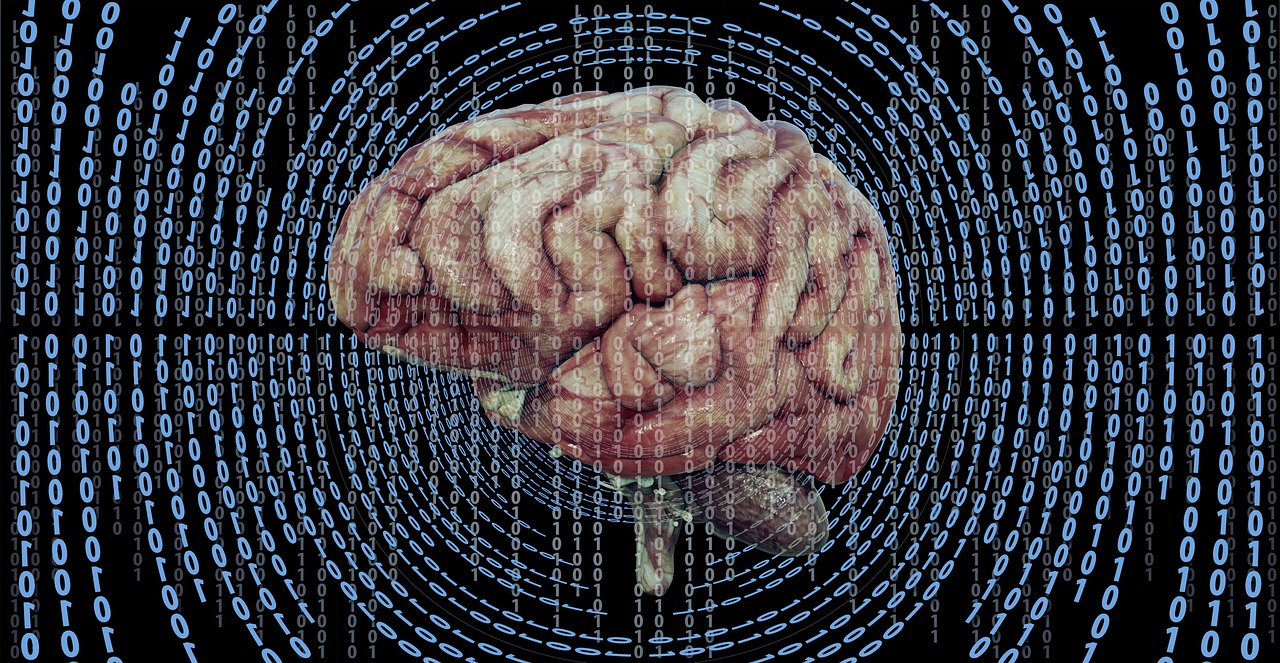Mental Health
Scientists Develop a Simple Eye Test to Diagnose Schizophrenia
Researchers have developed a new test to diagnose Schizophrenia, and according to reports, it is almost a 100 per cent accurate in its detection of the mental disorder.
The test is a simple test of the gaze of the patient.
According to a report in Mail online, impaired eye movement has long been thought to be associated with schizophrenia.
With the help of the new test, scientists could apparently detect schizophrenia in people with a 98 percent accuracy.
The simple test of eye movements, allowed researchers at Aberdeen University to differentiate schizophrenics from healthy people.
It seems, schizophrenics could not track slow moving objects smoothly with their eyes and apparently, their eye movements tended to lag behind the moving object and then catch up again using rapid eye movements called 'saccades'.
Also, it seems, patients of the mental disorder find it difficult to maintain a steady gaze.
The study was led by Dr Philip Benson and Professor David St Clair and involved a range of eye tests including volunteers being asked to inspect a variety of everyday scenes (free viewing) and to fix their gaze on a steady object.
The findings of the study could be helpful in the early detection of the disorder and scientists are now looking into the possibilities of using the test for an early intervention in the mental illness.
"It has been known for over a hundred years that individuals with psychotic illnesses have a variety of eye movement abnormalities, but until our study, using a novel battery of tests, no one thought the abnormalities were sensitive enough to be used as potential clinical diagnostic biomarkers," Dr Benson was quoted as saying by Mail Online.
"In smooth pursuit, people with schizophrenia have well-documented deficits in the ability to track slow moving objects smoothly with their eyes. Their eye movements tend to fall behind the moving object and then catch up with the moving object using rapid eye movements called saccades."
"In the free-viewing test, whereas most individuals follow a typical pattern with their gaze as they scan the picture, those with schizophrenia follow an abnormal pattern and in the fixation task individuals with schizophrenia found it more difficult to maintain a steady gaze."
Later, several other methods were also used to model the data and the accuracy of each of the created algorithms was tested by using eye test data from another group of cases and controls. It was with the combination of all the data collected, that one of the models was found to produce results with 98 per cent accuracy.
"We are keen to explore how best our findings can be developed for use in routine clinical practice. Typical neuropsychological assessments are time-consuming, expensive, and require highly trained individuals to administer. In comparison, these eye tests are simple, cheap, and take only minutes to conduct. This means that a predictive model with such precision could potentially be incorporated in clinics and hospitals to aid physicians by augmenting traditional symptom-based diagnostic criteria.The next thing we want to know is when the abnormalities are first detectable and can they be used as disease markers for early intervention studies in major mental illness?," Professor St Clair added, according to the report.
"It is encouraging to see the high sensitivity of this model for the diagnosis of schizophrenia. It will be interesting to see the extent to which this approach enables clinical investigators to distinguish people with schizophrenia from individuals with other psychiatric disorders," the journal's editor Dr. John Krystal commented.
The study is published in the November issue of the academic journal Biological Psychiatry.









Join the Conversation